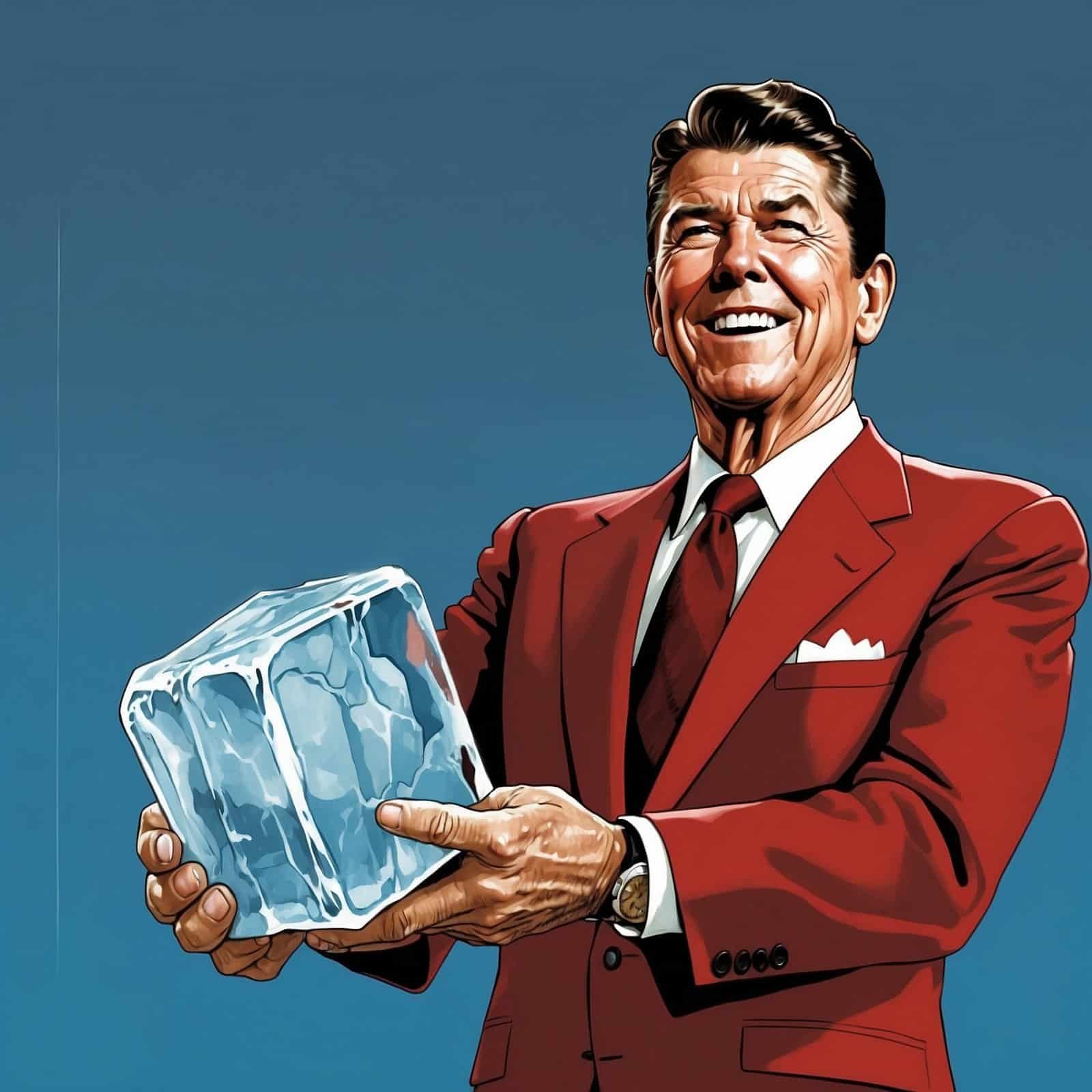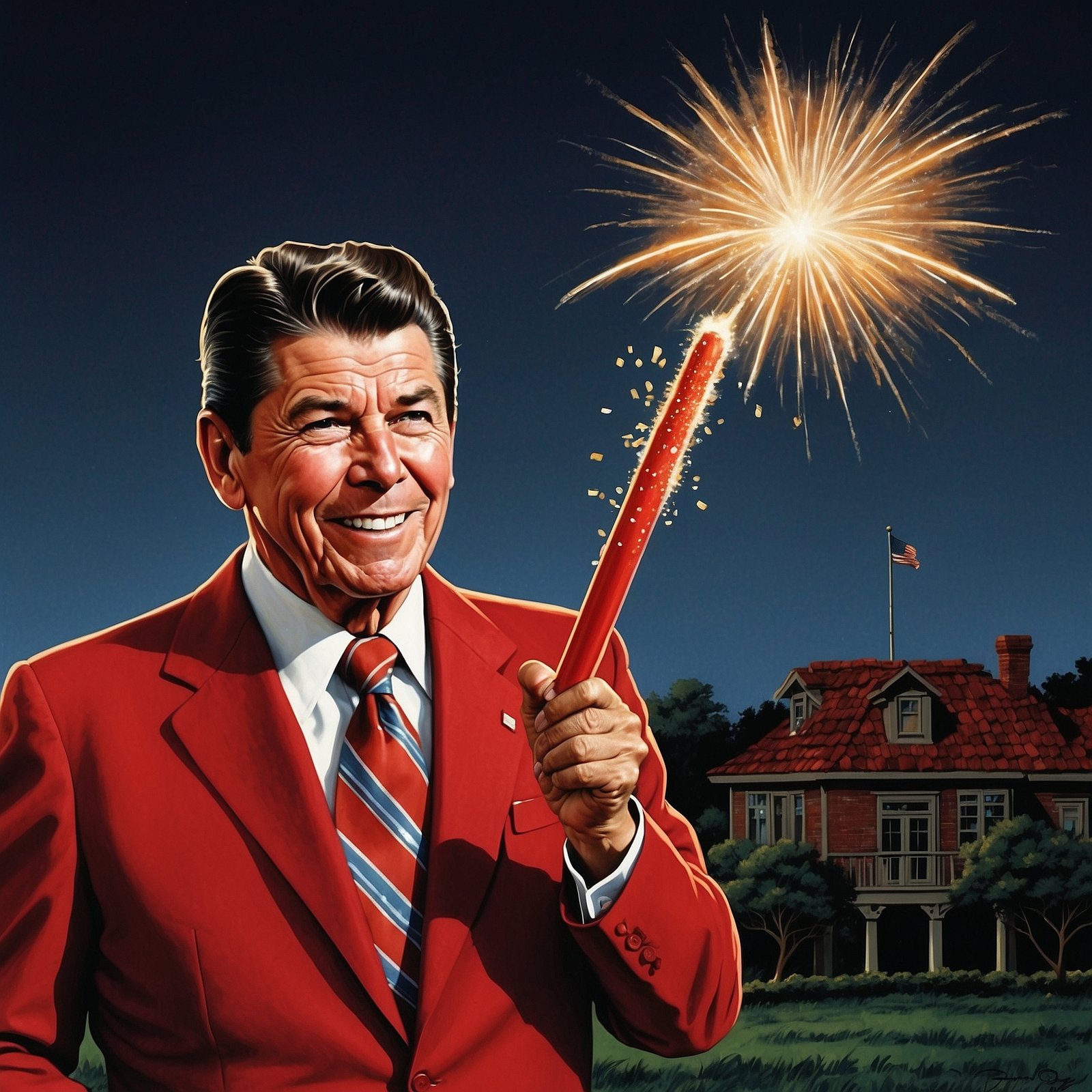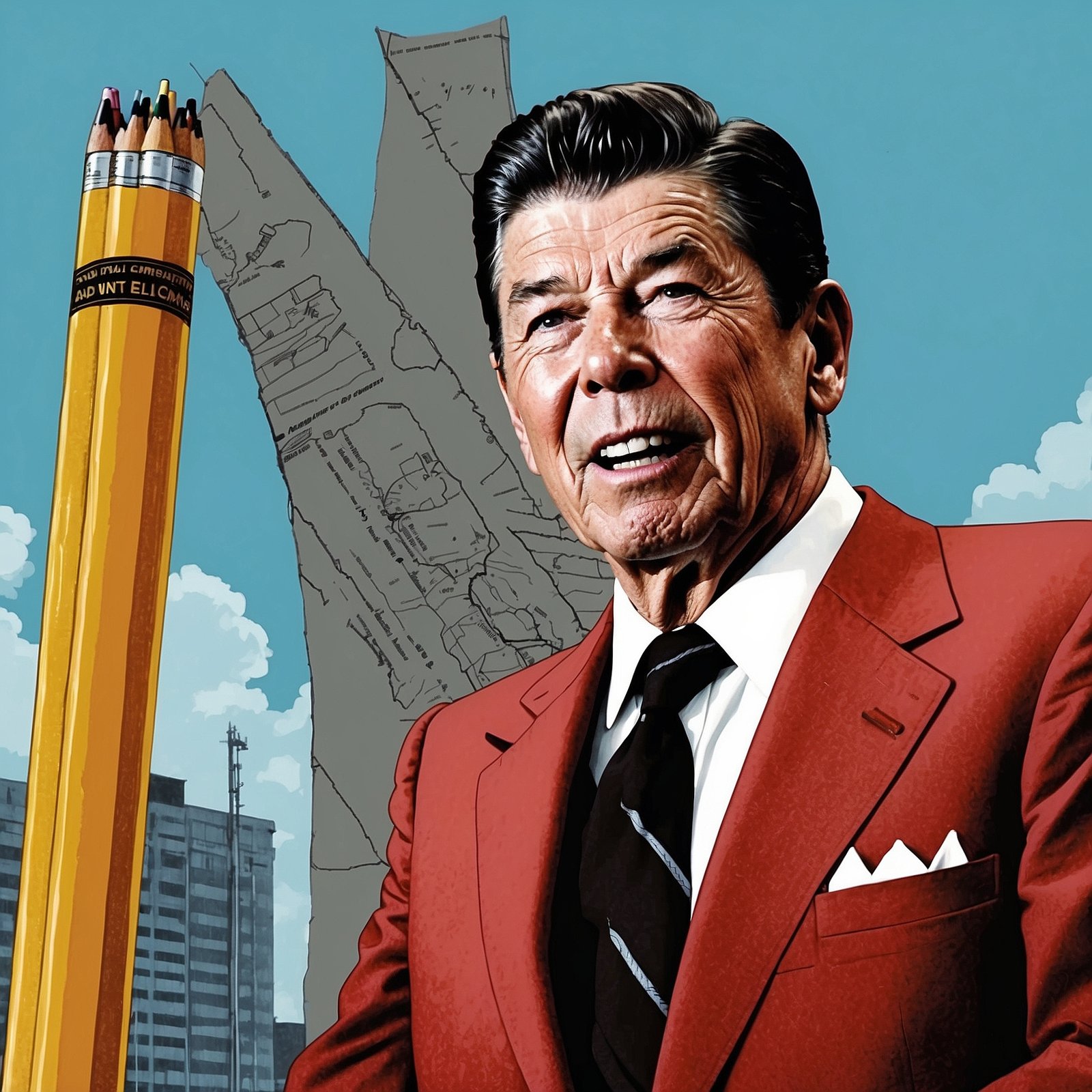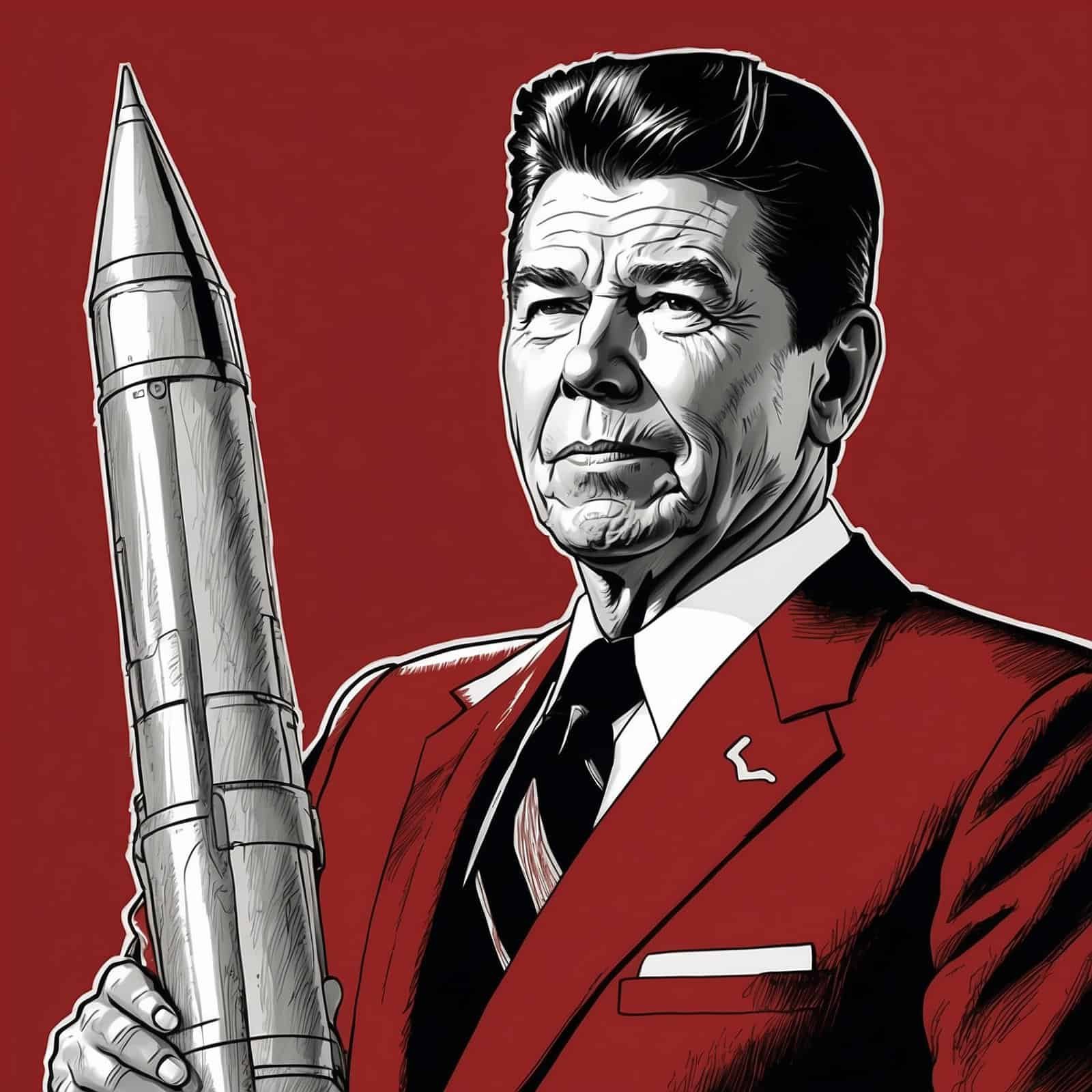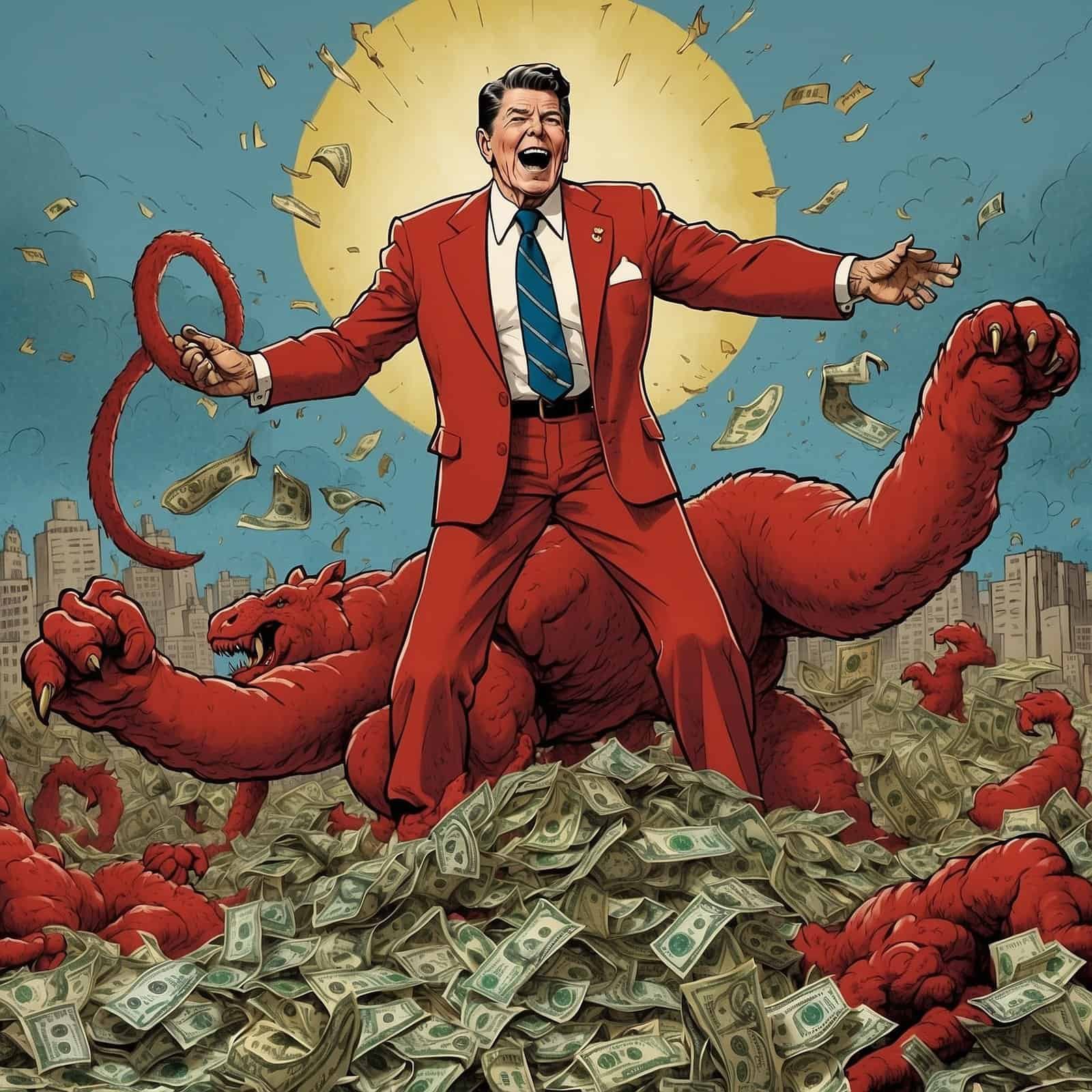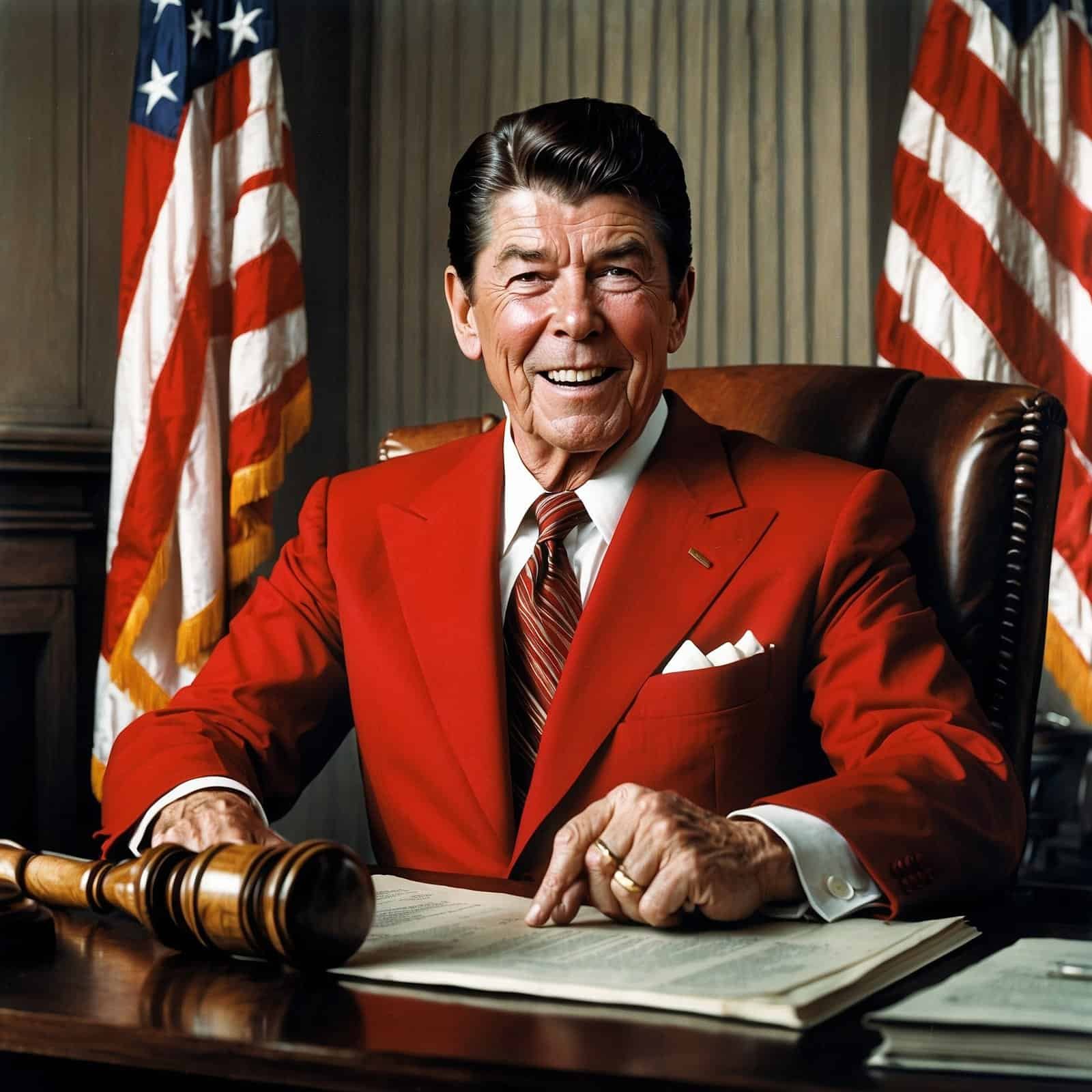Picture this: It’s March 23, 1983, and President Ronald Reagan is about to drop a bombshell that sounds like it’s straight out of a sci-fi flick. Enter the Strategic Defense Initiative (SDI), soon to be known as ‘Star Wars.’ No, not the one with lightsabers, but a gutsy defense plan aimed at shielding America from nuclear threats using space-based missile defense. This was Reagan at his finest: forward-thinking, bold, and deeply committed to conservative values of national security and American innovation.
When Reagan stepped up to the mic that evening, he painted a picture of a future where nuclear weapons were as outdated as disco. At its heart, SDI was all about keeping the Soviets’ missiles from crashing our party on American soil. Reagan’s big idea? A high-tech shield that could zap incoming missiles before they could say “dasvidaniya” to our cities. It was a masterstroke that merged Reagan’s tech dreams with hardcore national defense strategy, flipping the script on Cold War power dynamics.
Critics and Naysayers: The Left’s Kneejerk Reaction
As expected, the left-wing critics came out of the woodwork faster than you can say “socialism.” They called it a fantasy, pie-in-the-sky thinking, and accused Reagan of firing up the arms race. They whined that the tech was unproven and the costs were sky-high. But Reagan, being the steadfast leader he was, didn’t bat an eye. He saw SDI as the ultimate “keep off the grass” sign for America, a way to protect not just the US of A, but also to get the Soviets to seriously consider cutting back on their nuclear arsenal. After all, if your neighbor suddenly installs a state-of-the-art security system, you might think twice about trying to TP their house, right?
Reagan’s SDI: A Conservative Home Run
- ✅ Embraced American exceptionalism
- ✅ Leveraged private sector innovation
- ✅ Challenged the status quo of MAD
- ✅ Stimulated economic growth
- ✅ Pressured the Soviet Union
Conservative Values: The Bedrock of SDI
Now, let’s break down why SDI was such a game-changer and why it struck a chord with conservative values. First off, it was a love letter to American exceptionalism. Reagan had unwavering faith in the brainpower of American scientists and engineers. He knew that given the chance, America could cook up the tech needed to make SDI a reality. This was a rallying cry to harness private sector smarts for national security—a classic conservative move that steered clear of big government overreach and red tape.
SDI also marked a shift from the old “mutual assured destruction” (MAD) playbook. Before SDI, the nuclear strategy was basically a high-stakes game of chicken—neither the U.S. nor the Soviets would push the button first because they knew they’d get clobbered right back. While MAD kept things from going boom for decades, Reagan saw it for what it was: a grim and terrifying Mexican standoff. SDI offered a way out—a chance to save lives instead of just accepting massive casualties as collateral damage. It showed Reagan’s moral backbone and his willingness to think outside the box for the greater good.
Economic Impact: Investing in America’s Future
Now, let’s talk money. The left-wing worrywarts cried foul, claiming SDI would cost an arm and a leg and steal from their precious social programs. But Reagan and his supporters saw the bigger picture. The potential to neutralize the nuclear threat? Priceless. The economic boost from pumping funds into cutting-edge R&D? Huge. And let’s not forget the job creation and tech advancements that would trickle down to everyday life. This was conservative economics 101: invest in innovation, create jobs, and watch the economy soar.
SDI vs. Liberal “Solutions”
| SDI (Conservative) | Liberal Approach |
|---|---|
| Proactive defense strategy | Reactive diplomacy |
| Leveraged American innovation | Relied on international agreements |
| Stimulated economic growth | Proposed increased social spending |
| Showcased American strength | Emphasized appeasement |
Lasting Impact: More Than Just Star Wars
The fallout from Reagan’s announcement was massive. While SDI didn’t quite pan out exactly as Reagan had hoped, its impact was undeniable. It put the squeeze on the Soviet Union economically and technologically, helping to push them towards their eventual collapse. SDI was more than just a military strategy; it was a psychological masterstroke that showed American grit and smarts, forcing our adversaries to deal with an opponent that was always one step ahead. It sent a clear message: America wasn’t content to play catch-up—we were aiming for the stars.
Let’s not forget how this contrasts with the Democrats’ approach to national security. While Reagan was busy dreaming up space shields, the left was probably still trying to figure out how to hug it out with Gorbachev. It’s like comparing a chess grandmaster to someone playing checkers with themselves.
Conclusion: Reagan’s Vision, America’s Triumph
In the end, the Strategic Defense Initiative stands as a shining example of Reagan’s presidency and a bold declaration of conservative principles. It showcased a commitment to national defense through cutting-edge tech, harnessed the power of private innovation, and maintained a stance of strength. Reagan’s dream of a protective shield over America wasn’t just about defense; it was about securing peace and stability through sheer, overwhelming deterrence.
So here’s to the Gipper, the man who dared to dream big and rolled out a strategy that shook the very foundations of Cold War politics. While liberals were busy wringing their hands and predicting doom and gloom, Reagan was busy changing the world. It just goes to show that sometimes, to win the game, you need to change the rules entirely. And that, folks, is exactly what makes conservative thinking so powerful – the ability to see beyond the status quo and forge a path to a stronger, safer America.
Table of Contents
- Critics and Naysayers: The Left’s Kneejerk Reaction
- Conservative Values: The Bedrock of SDI
- Economic Impact: Investing in America’s Future
- Lasting Impact: More Than Just Star Wars
- Conclusion: Reagan’s Vision, America’s Triumph

